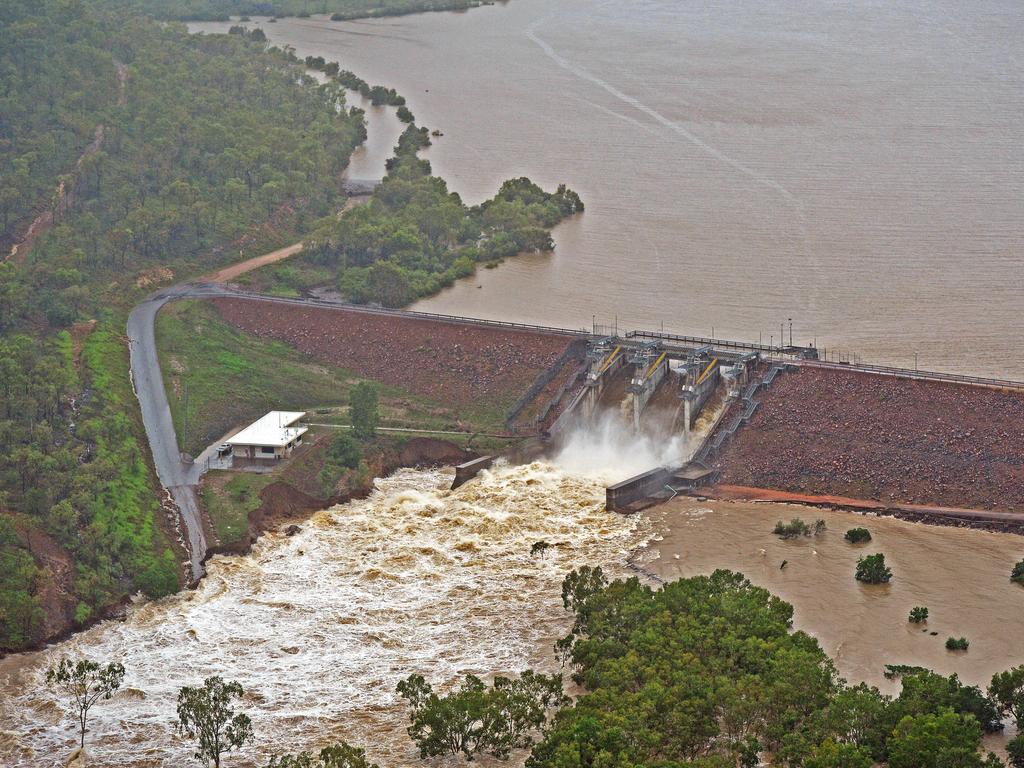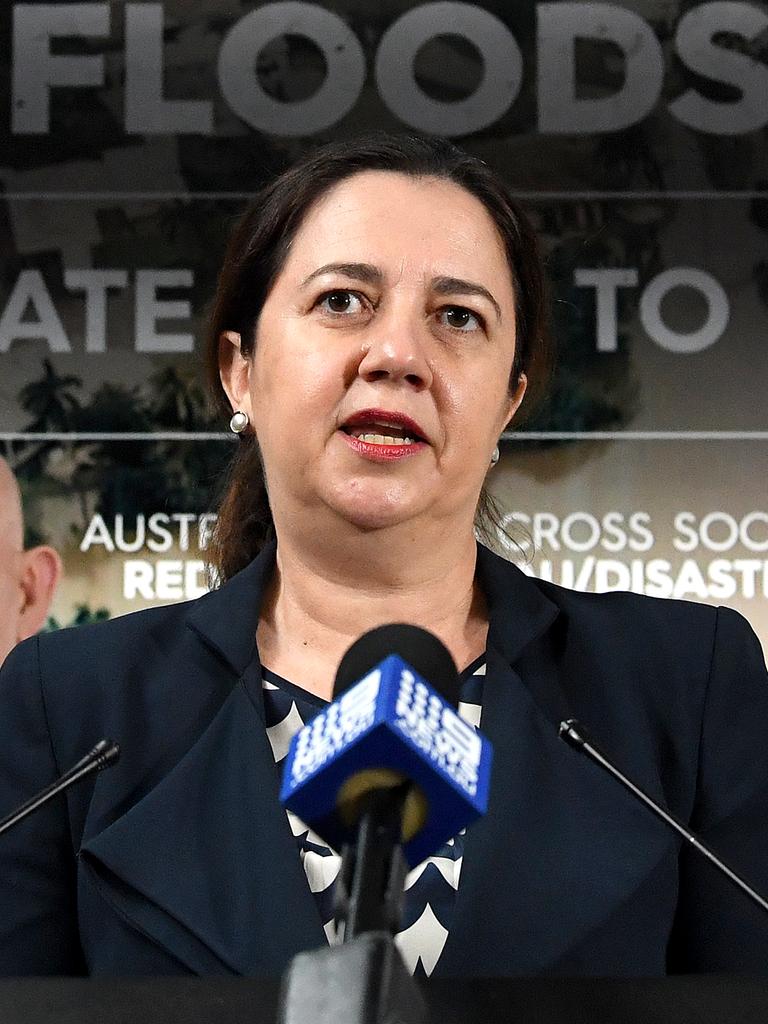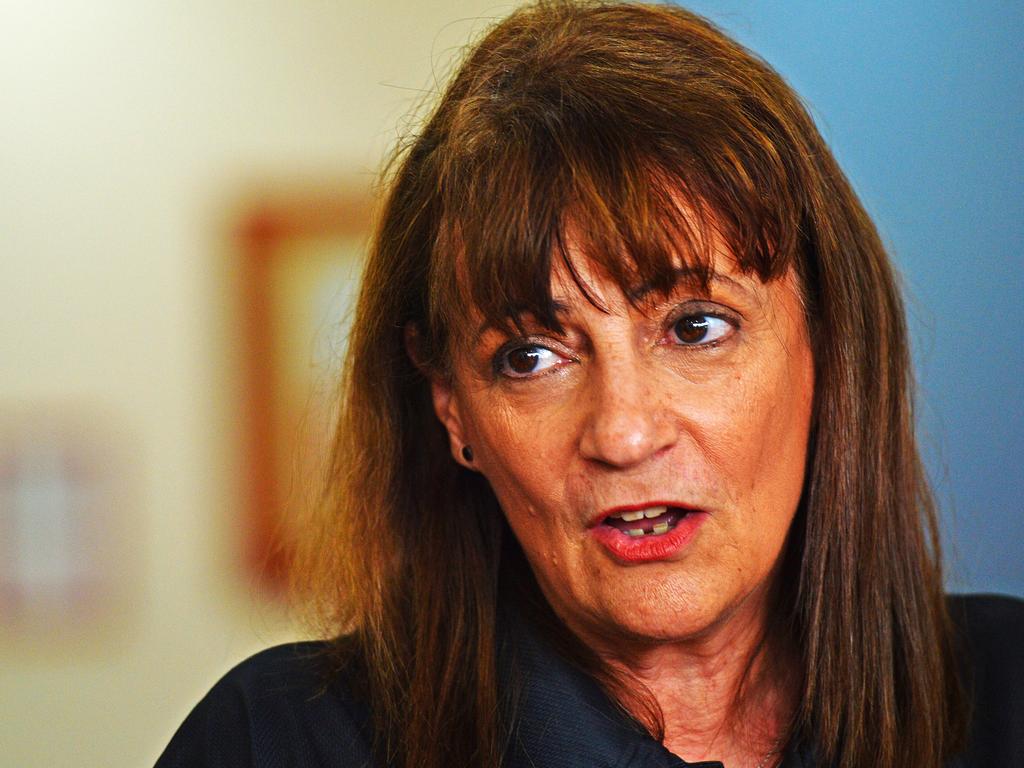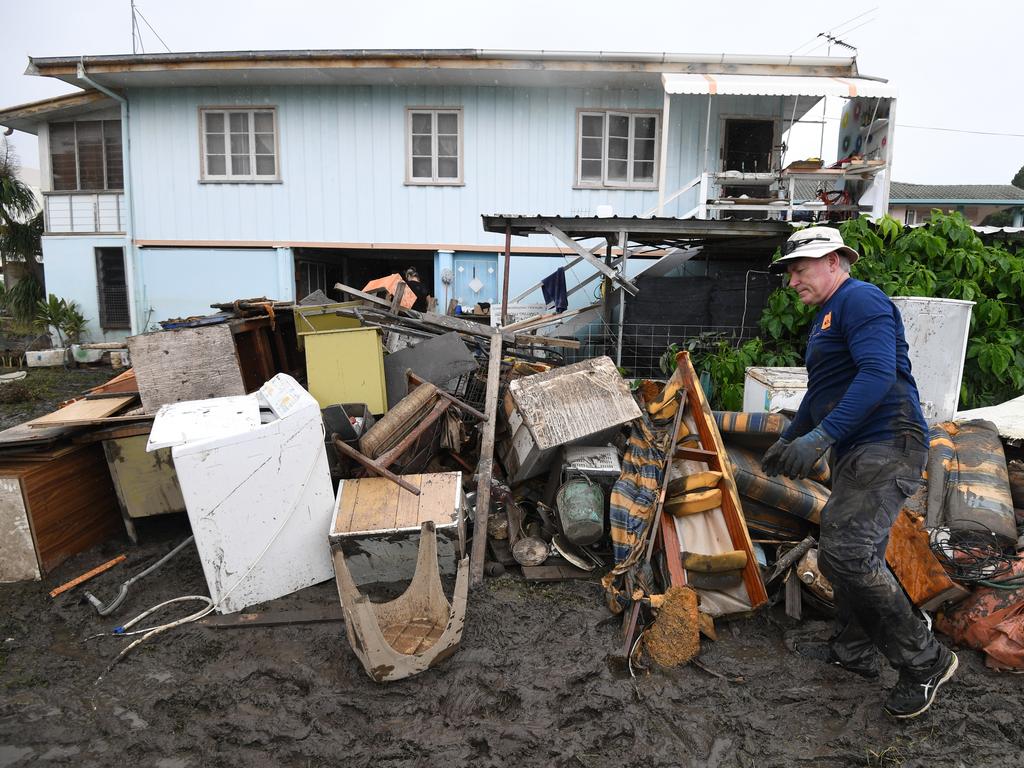Townsville floods: Rising tide of blame over dam operation
In a controversy reminiscent of Brisbane’s own flood disaster, questions are being asked about the operation of Townsville’s dam during its recent weather event.
IT’S the one question the people of Townsville are asking – should water have been released earlier and in greater quantities from the Ross River Dam?
Originally thought to be a one-in-100-year event, this week’s flood disaster had rewritten the history books, Townsville Mayor Jenny Hill declared.
Army rescue heroes compare shock in north to war zones
Editorial: Local heroes’ finest hour came in Townsville floods
Premier Annastacia Palaszczuk has been slammed for ‘embarrassing’ Ross River Dam response
It’s now believed the floods were larger than a one-in-500-year event (a 0.2 per cent chance of it happening in any given year). And the rainfall over the dam during the past week has totalled in excess of a one-in-2000-year event.
It’s an extraordinary turn of events for a city that’s battled with a prolonged drought.
Just over 12 months ago, the dam hit a staggeringly low 15 per cent.
Now, gutted residents are left shaking their heads as they return home to find their nests destroyed by water, mould and mud.
And as watery debris piles high in streets, so are the questions mounting.

Ross River Dam was built during the 1970s for flood mitigation. It is owned by Townsville City Council, however SunWater – a State Government-owned corporation – lends operational advice and can provide council with expertise around how the infrastructure should be operated.
Premier Annastacia Palaszczuk was asked on Sunrise yesterday whether the floodgates should have been released earlier, and more often.
“That’s a good question, you should direct that question to the Townsville City Council because they own that dam,” she replied.
When pressed on whether she was blaming the council, the Premier repeated the council owned the dam, before saying “no”.
Later that day, it was confirmed that a wide-ranging review would be conducted by the independent body the Inspector-General Emergency Management.

The dam was most recently upgraded in 2007 when three spillway gates, which are operated by hydraulics, were installed.
The dam’s full supply level is 38.55m, with the dam crest level (highest physical point) reaching 48.00m. During the floods this week, the water reached 42.99m.
Councillor Hill said the first opening of the gates occurred automatically when the dam level hit 38.65m at about 1.30pm on Wednesday, January 30, as per the dam’s Emergency Action Plan (EAP).
For the next 46 hours, the gates continued to operate automaticallyin line with the EAP to manage increasing water inflows into the dam.
“Due to the extreme rainfall over the dam catchment – and the Bureau of Meteorology’s predictions of further intense rainfall – Townsville City Council decided to increase the spillway gates further than the EAP,” Hill said.
“The decision was not taken lightly and was done to reduce future downstream flooding and reduce the peak of the floodwaters.
“Prior to making the decision, council sought expert advice from external agencies and technical consultants.”
The dam, which was designed to reach a capacity of 350 per cent, hit 247 per cent on Sunday. At 8pm that night, the spillway automatically and fully opened, allowing an unprecedented amount of water to burst into the Ross River that snakes through Townsville.
Questions have since been raised around whether the dam should have been allowed to reach 350 per cent, to avoid having to open the gates.
“Was there room for more water to go into that dam?” one person asked.

About two weeks ago, when the rain picked up, Townsville readied itself for what it thought was perhaps the long-awaited wet season. But the unrelenting downpours were saturating the dam’s catchment.
On January 29, Hill encouraged anyone who lived in a flood prone area to sandbag their homes.
The next day, the dam soared from 97.4 per cent to 112 per cent and had reached 139.3 per cent the day after that. From there it continued to snowball, as gauges ticked over to 163.1 per cent, to 186 per cent then to 196.8 per cent.
“Clearly there had been good lead up rains, the catchment was primed, as they say, to deliver more input into the dam,” one person said.
Warning alerts continued to be distributed.
“FLOOD WARNING FROM TLDMG. Increased flooding from intense rainfall. Move to higher ground if concerned,” one text read on Sunday at 1.58pm.
Less than four hours later, another alert was issued.
“EMERGENCY EMERGENCY WARNING FROM TLDMG. Move away from Ross River now. Flash flooding from dam between 20:30 and 06:00. Call 000 for life threatening emergencies.”
According to people who were on the ground in Idalia – one of the worst affected suburbs – the water rose rapidly after the gates fully opened.
Karen and Paul Blackman, who were rescued by the Army early on Monday morning from their Idalia home, said the floods were surreal. “Our place was good until they opened the gates (on Sunday),” they said.
“A few people have said the new subdivisions could have added to the severity.”

Cr Hill said on Thursday thata team of experts was analysing data but it was clear the flood levels in the Ross River were greater than a 1-in-500-year event.
Her comments came after Townsville developer Laurence Lancini questioned how Q100 levels were breached. Water flooded the Fairfield Homemaker Centre, which Lancini is a part-owner in. He said it was built above Q100.
With Hill claiming it could take two years to fix infrastructure, there is a long road ahead.
And with the floods having hit in February, the city is by no means out of the woods, with the wet season typically lasting well into March. In fact it’s not uncommon for cyclones to develop in April.
But Townsville boasts an unrivalled camaraderie that is more valuable than the government’s incoming infrastructure spending and disaster grants.
As the blame game rolls on, and residents are left to pick up the pieces, it’s this mentality that will return the city back to normality.



